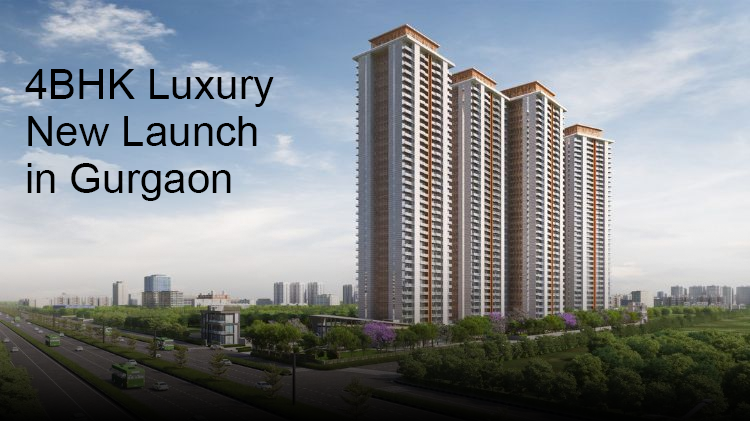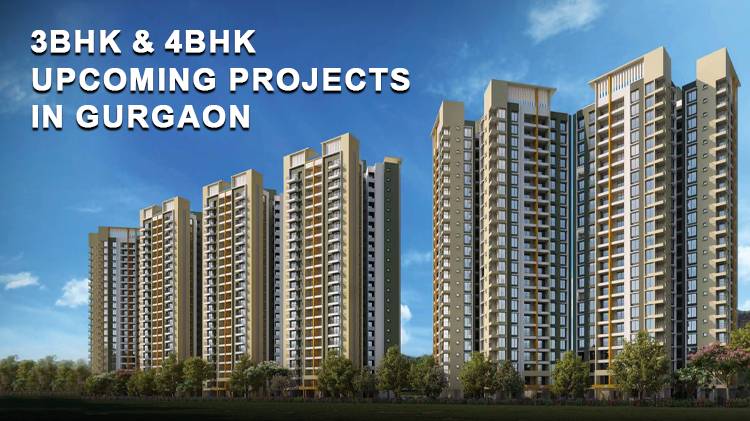
Selling a house can feel overwhelming, especially when deciding whether to invest time and money in repairs or upgrades before listing it. While some improvements can enhance the appeal and value of your property, others may not provide significant returns and could even be unnecessary. Understanding what not to fix can save you time, money, and effort while ensuring your home sells efficiently. Below is a comprehensive guide on which repairs and upgrades you should skip when preparing your house for sale.
Why You Shouldn’t Fix Everything
Before diving into specific areas, it is important to understand why fixing everything might not be the best approach:
|
Low Return on Investment (ROI) |
Many repairs or upgrades don’t recoup their costs when selling a house. For example, major kitchen remodels or high-end upgrades often yield than half of their investment in resale value. |
|
Buyer Preferences |
Buyers may prefer to customize certain aspects of the home themselves, especially features like fixtures or paint colors. |
|
Time Constraints |
Extensive repairs can delay the sale process, which may not be ideal if you are looking to sell quickly. |
|
Budget Limitations |
Spending too much on repairs could cut into your profits from the sale. |
Repairs and Upgrades You Can Dkip
1. Cosmetic Issues
Cosmetic imperfections are often minor and unlikely to deter buyers significantly. These include:
-
Scratches on Floors or Worn Carpets
Instead of replacing flooring, consider professional cleaning or polishing. Buyers may want to install their preferred flooring anyway.
-
Outdated Fixtures
Replacing fixtures like light fixtures and faucets can be costly and unnecessary. Buyers often prefer choosing these themselves.
-
Cabinets and Countertops
Avoid redoing kitchen cabinets or countertops unless they are severely damaged. A dated kitchen can still appeal to buyers who want to personalize it after purchase.
-
Outdoor Landscaping
Elaborate landscaping projects are unlikely to provide a good ROI. Simple maintenance like mowing the lawn and trimming shrubs is sufficient.
-
Bold Paint Colors
Repainting in neutral tones is advisable, but avoid spending excessively on repainting entire rooms if the current paint is in decent condition.
2. Minor Repairs
Some minor issues may seem like they need attention, but are better left alone:
-
Squeaky Doors or Loose Electrical Outlets
These minor inconveniences rarely affect a buyer’s decision-making process.
-
Broken Window Screens
Removing damaged screens is often cheaper than replacing them entirely.
-
Deck Repairs
Unless the deck is unsafe, minor wear and tear can be overlooked by buyers who might want to renovate it themselves.
3. Major Repairs with Low ROI
Certain major projects are expensive and don’t necessarily add enough value to justify their cost:
-
Replacing Windows
Window replacement is costly and offers limited ROI. Cleaning existing thoroughly is a more cost-effective solution.
-
Floor Coverings
Instead of replacing carpets or installing hardwood floors, consider hiring professionals for deep cleaning.
-
Turning Attics into Living Areas
Converting attics into livable spaces has a low ROI and may not appeal to all buyers.
4. Personalized or High-End Upgrades
Customizations or luxury upgrades often fail to resonate with potential buyers:
-
Expensive Appliances
If your appliances are functional, there is no need to buy new ones. Buyers amy prefer choosing their appliances post-purchase.
-
Wallpaper Installation
Wallpaper choices are highly personal, and removing outdated wallpaper can be expensive. Leave this decision to the buyer.
-
Hot Tubs or Outdoor Features
Adding features like hot tubs may not appeal to all buyers and could even deter some if they require maintenance.
-
Home Technology Systems
Installing smart home systems can be costly without guaranteeing buyer interest. Existing systems can be removed if desired.
Note: For More Information - https://countryroof.in/


.png)


3 Comments